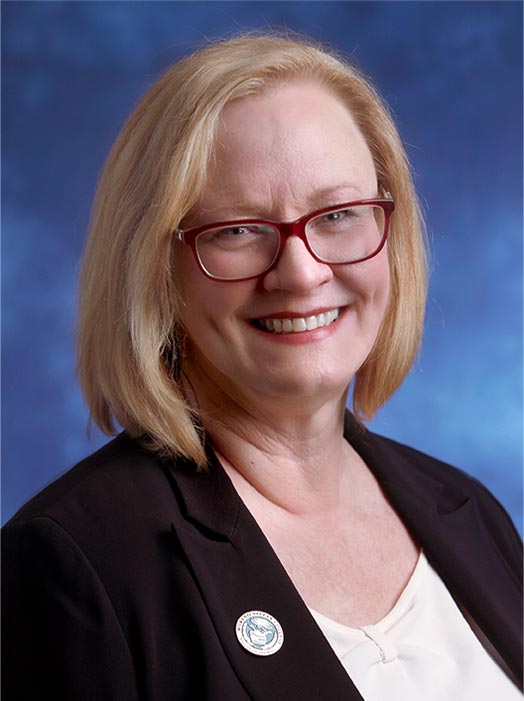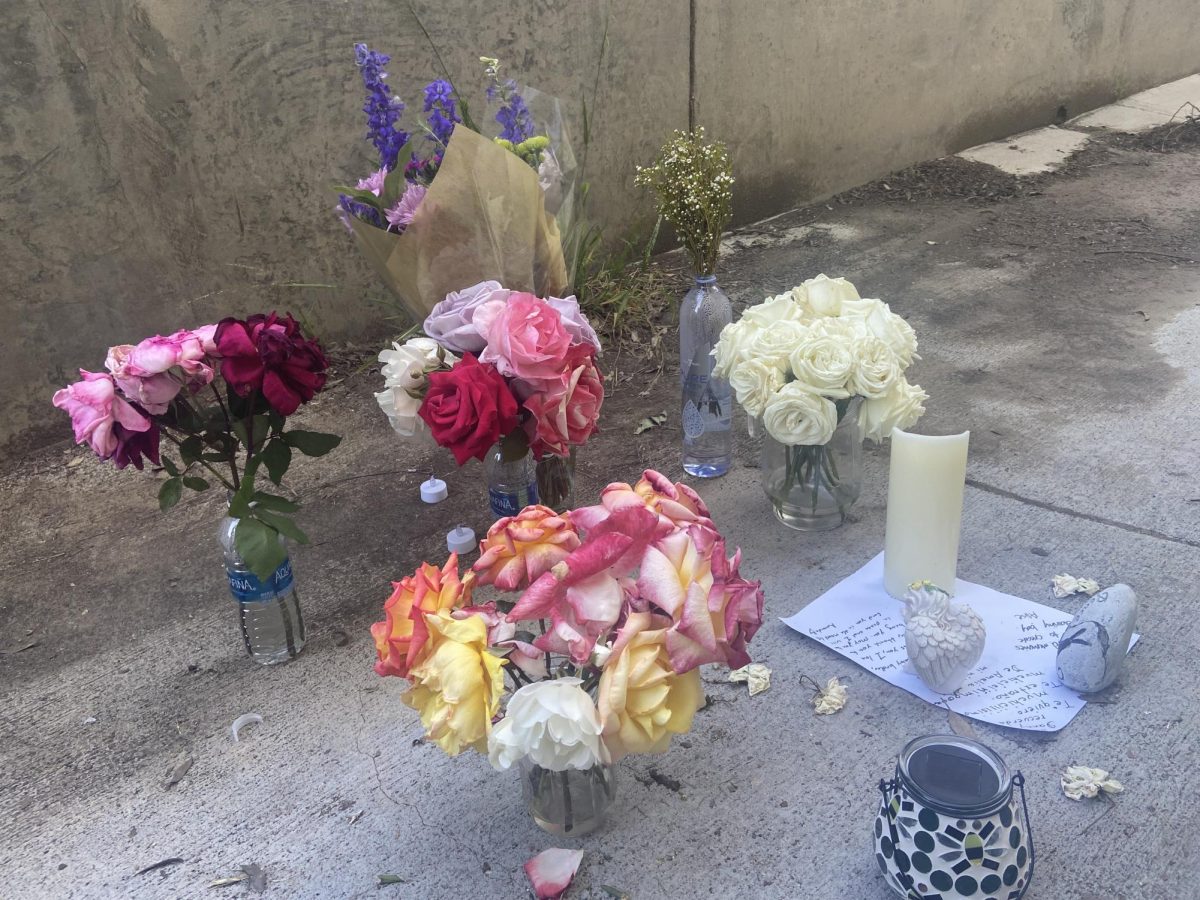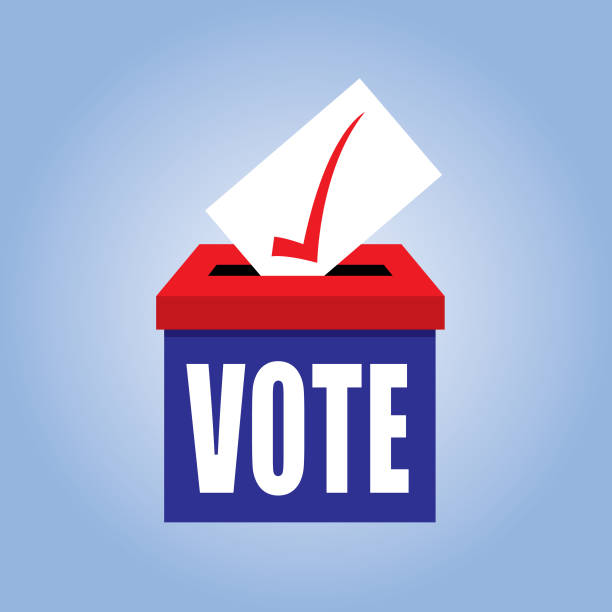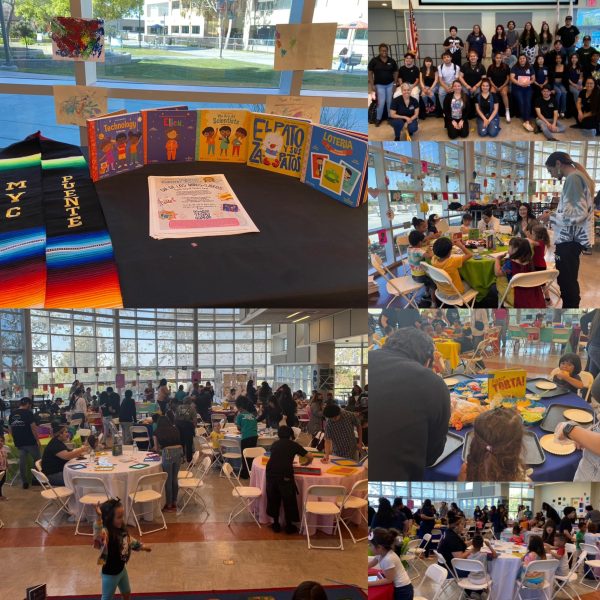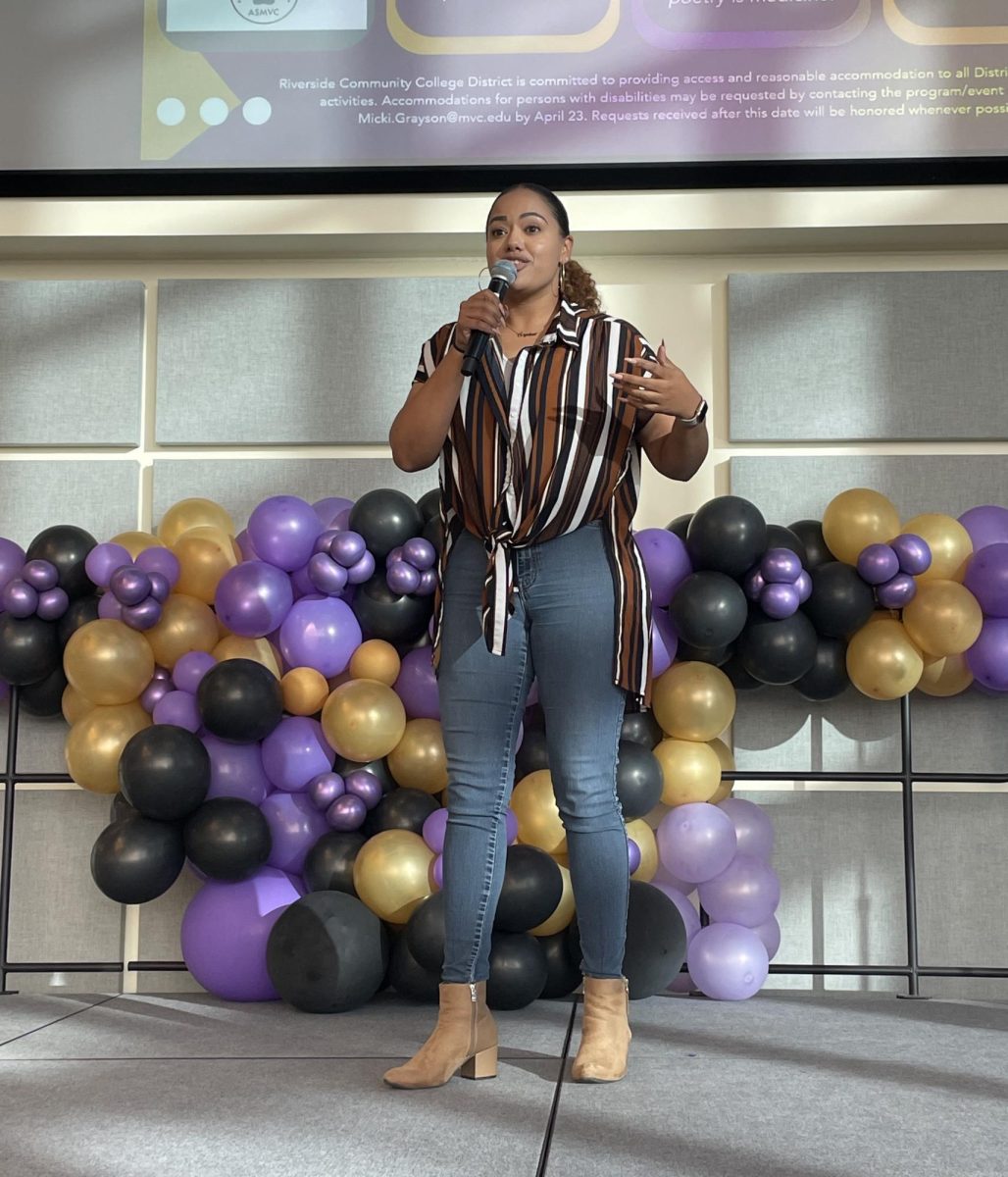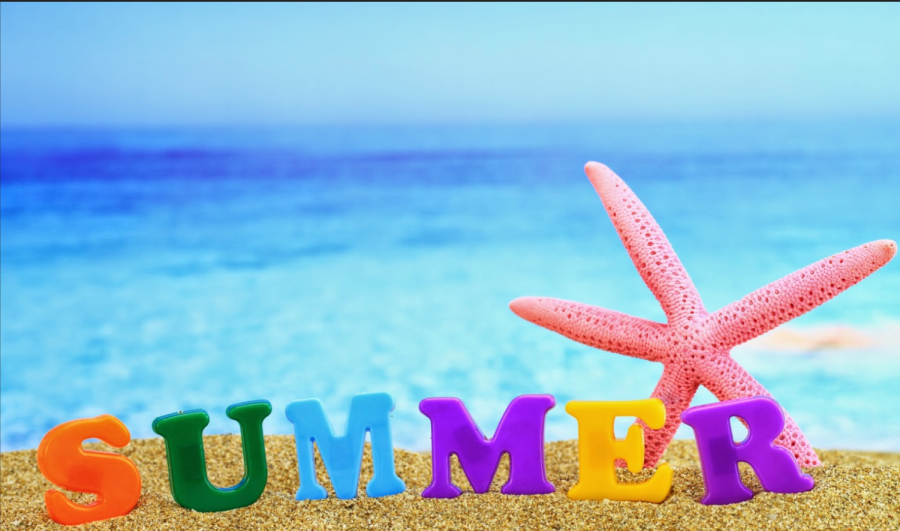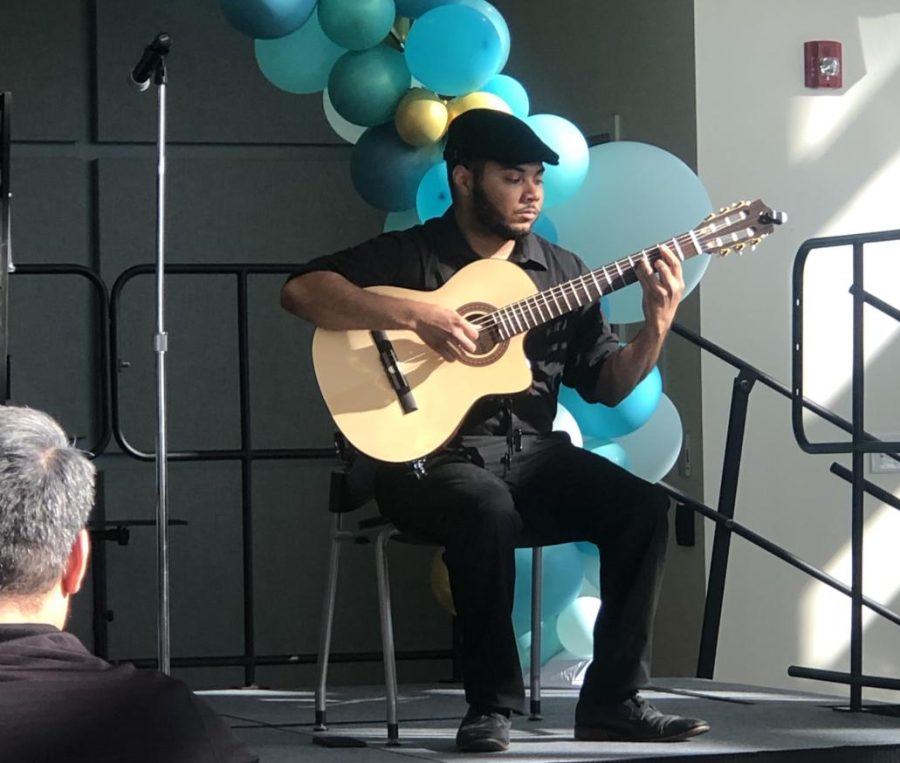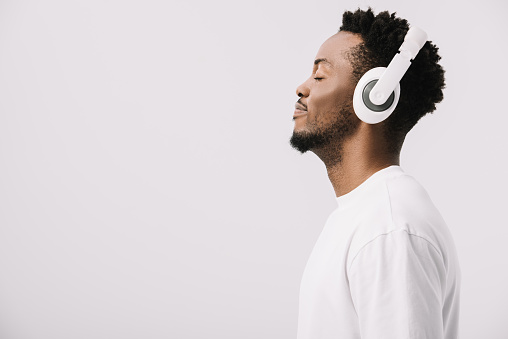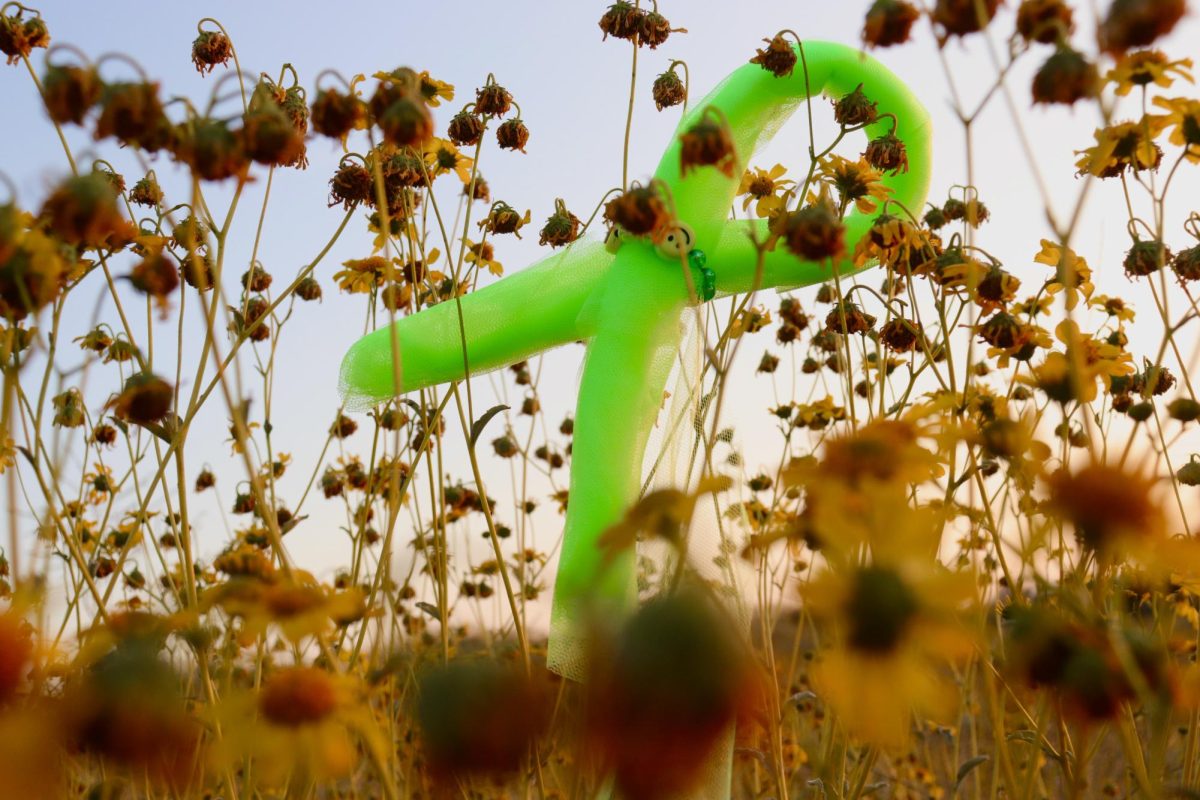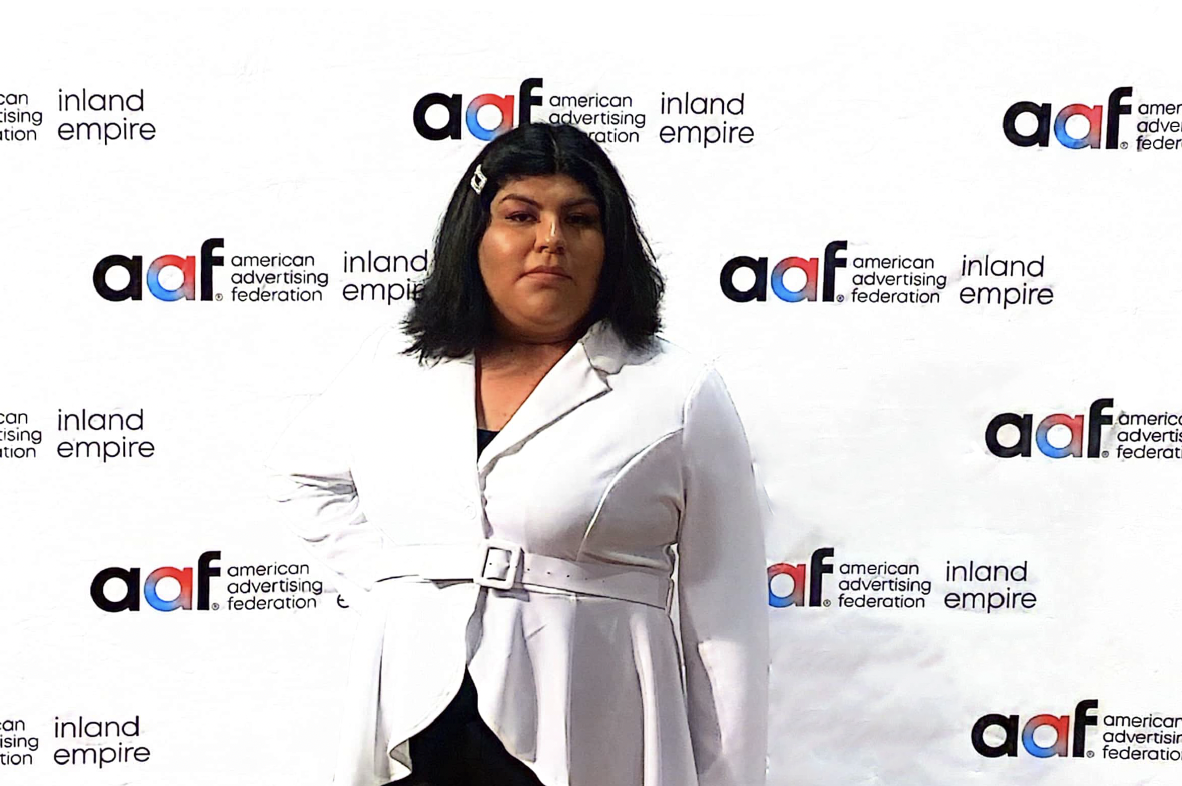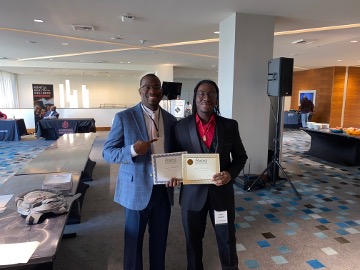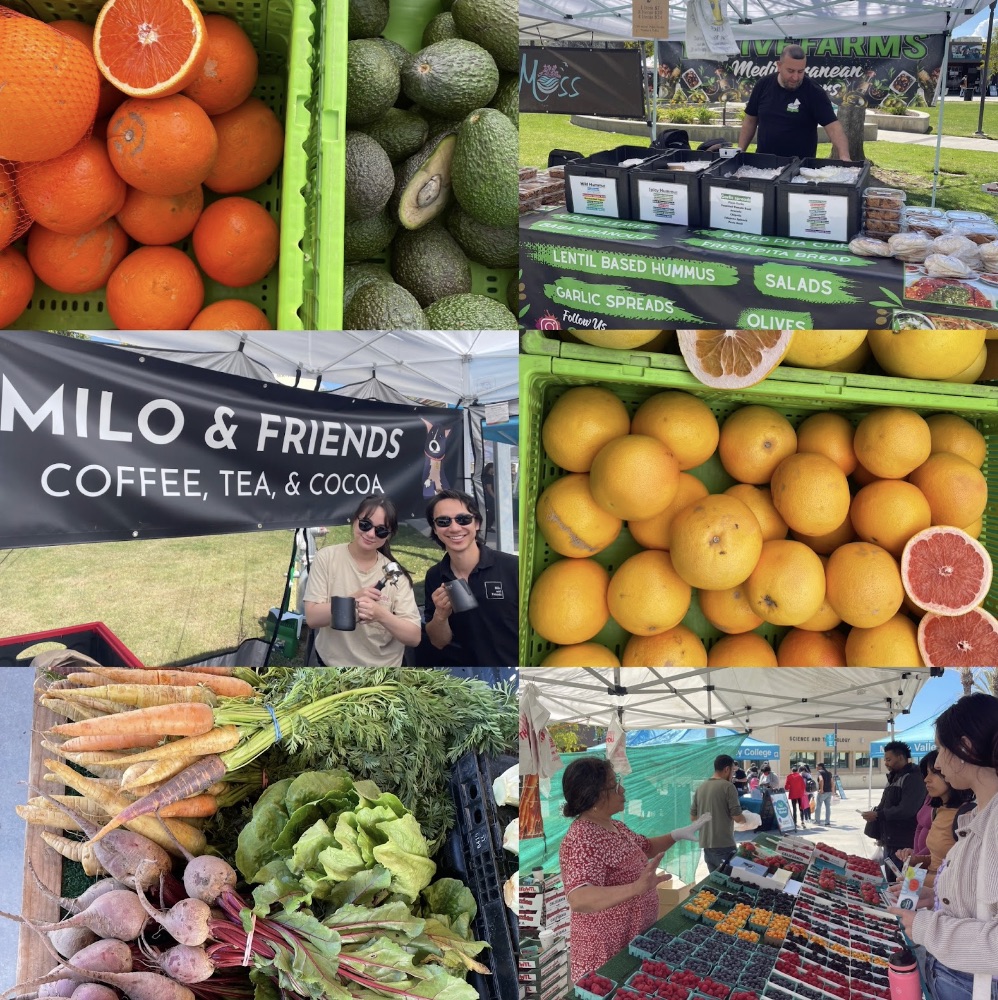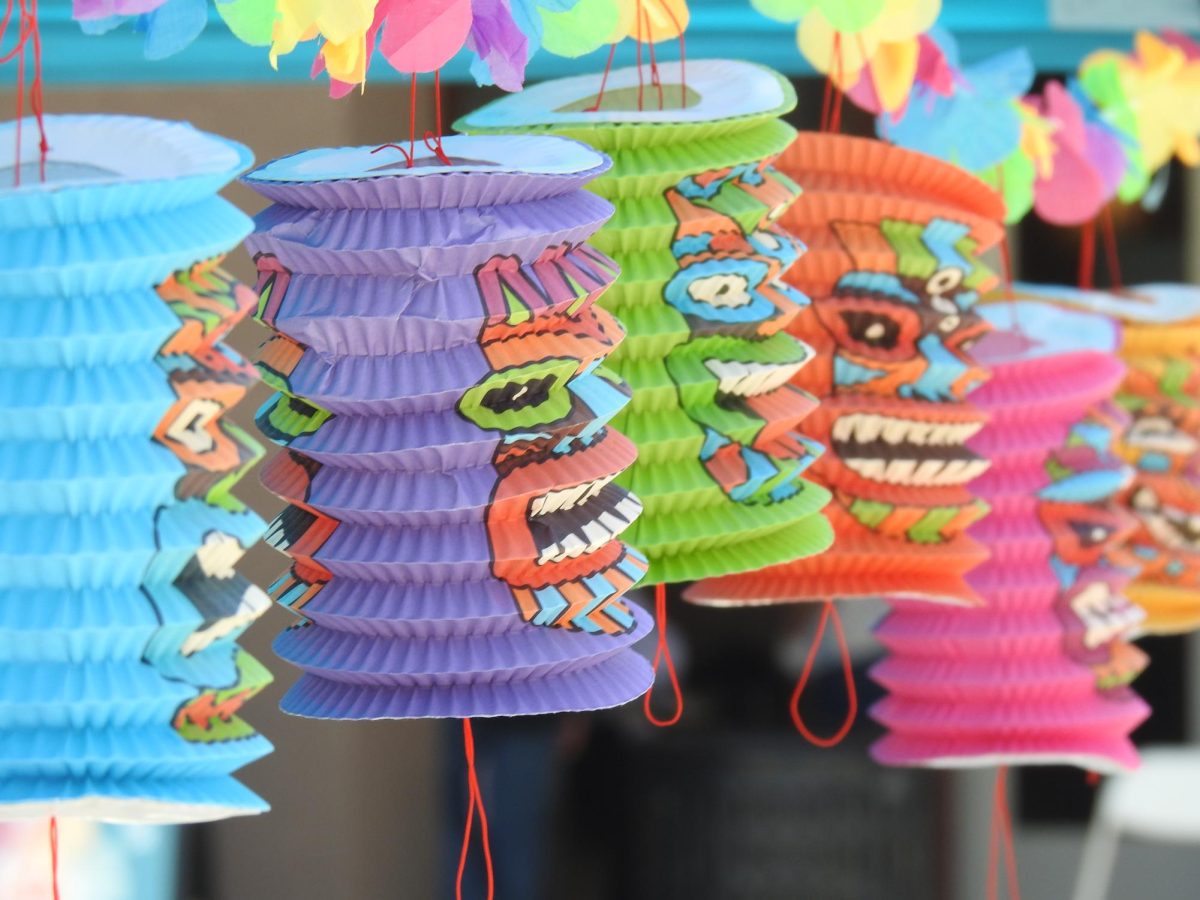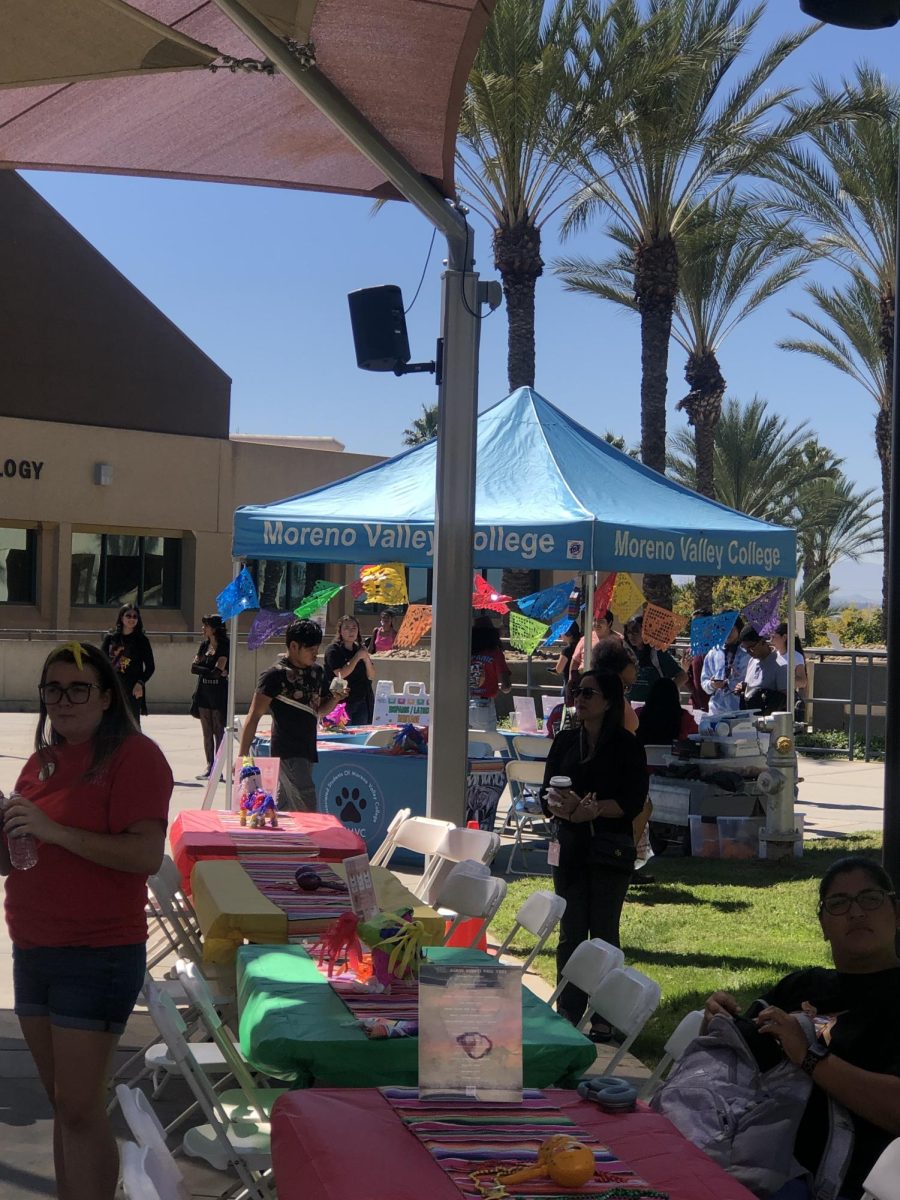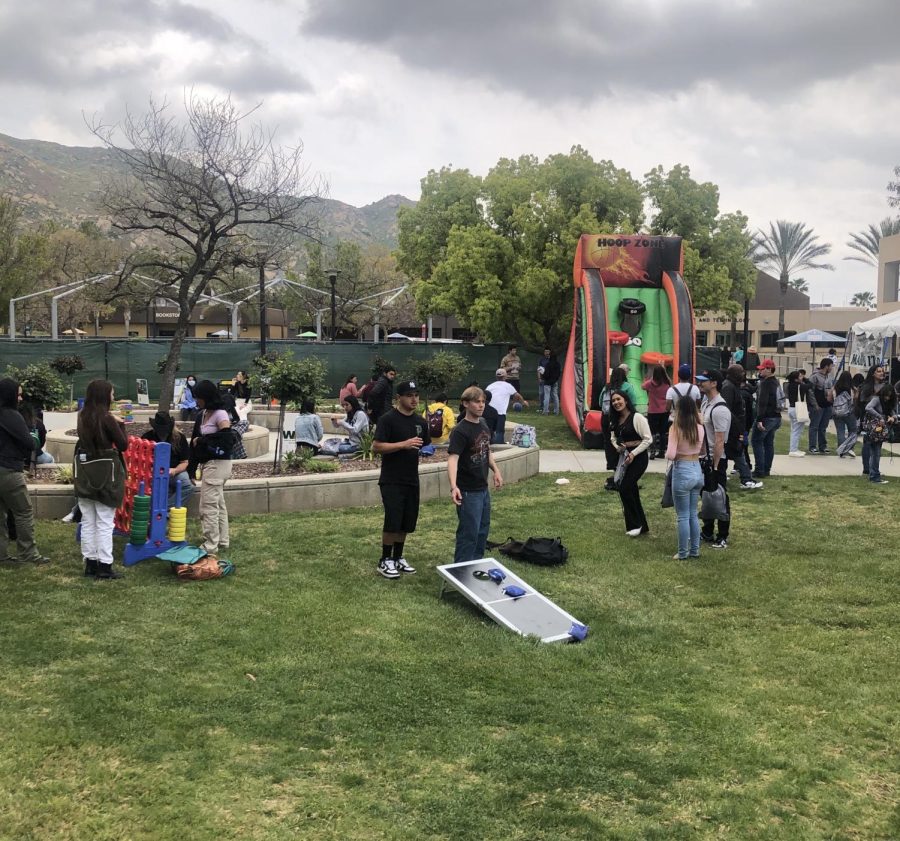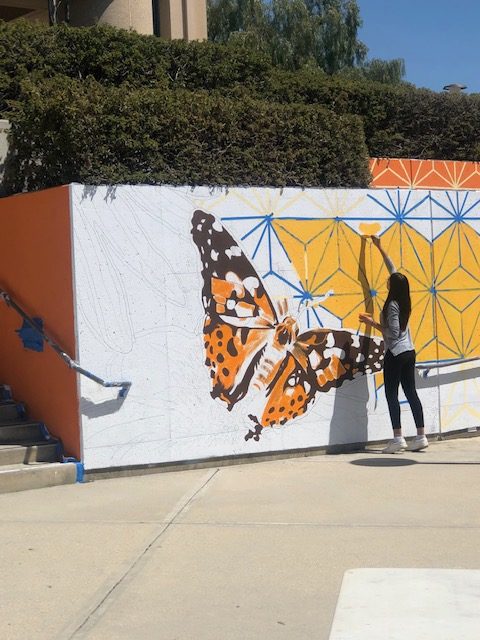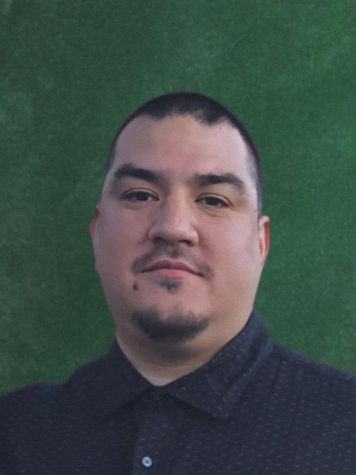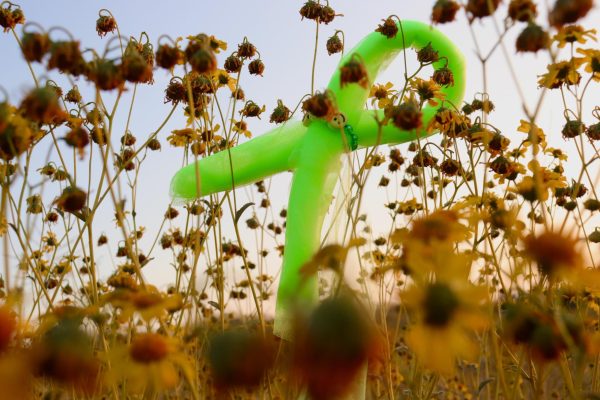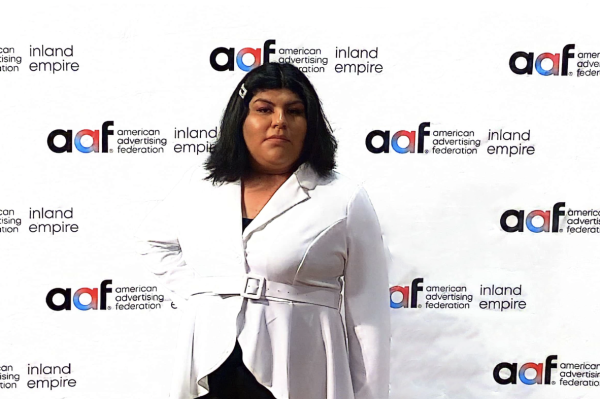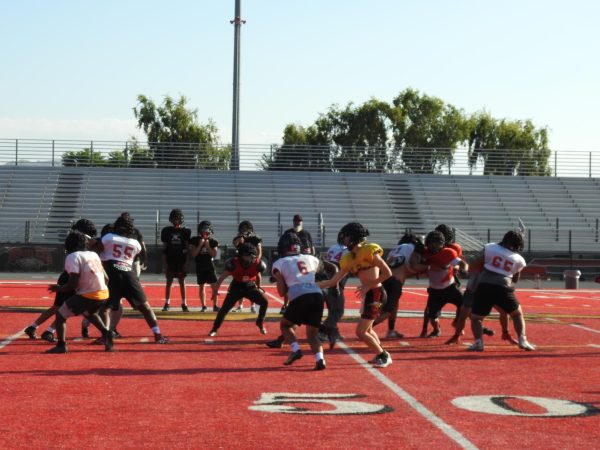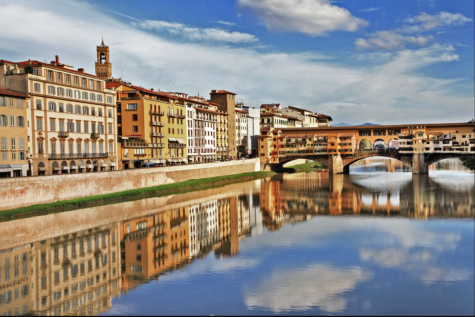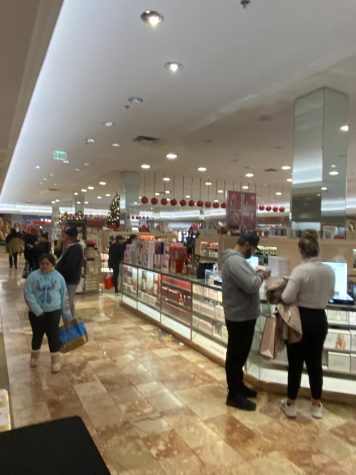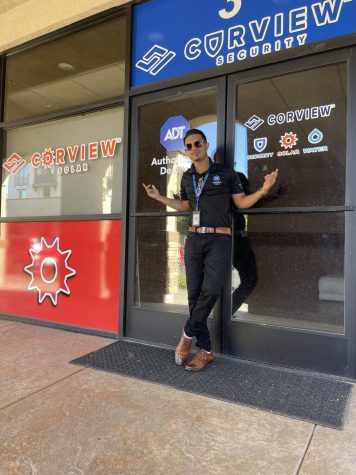If This Time of Year You Feel SAD, Here’s How to Combat The Winter Blues
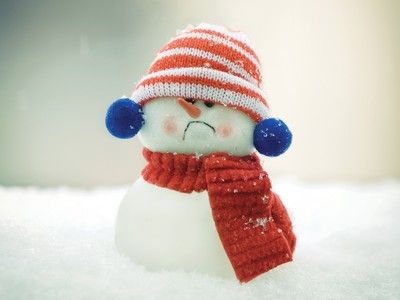
December 16, 2022
More often than not, winter is usually welcomed as one of the most festive seasons of the year. But winter has a dark side. Seasonal Affective Disorder is a subtype of depression characterized by when it comes and goes, typically during the winter months.
While SAD isn’t discussed often, on average it affects approximately five percent of the American population. In addition, four out of every five people who experience it are women. The most prevalent age group to face this challenge are people between 20 and 30. Apparently, the further you are from the equator, the more susceptible you are to SAD. The amount of winter daylight received decreases the further you are from the equator. Moreno Valley is 2,345.2 miles (about 3774.23 km) away from the equator.
SAD can affect your mood, sleeping schedule, appetite and energy levels. Any one of these things can take its toll on your performance at school, work and in your personal relationships. Some symptoms include irritability, feelings of despair, lack of energy, sleeping longer, and craving food heavy in carbohydrates.
“Seasonal Affective Disorder is common, it’s not just one thing. Anxiety, lack of exercise, too much time indoors and holiday stressors,”said MVC Mental Health Services Supervisor Lynette Sullivan. “It’s important to identify and address symptoms quickly.”
Student Health and Psychological Services (Wellness Center) is on campus at Moreno Valley College (MVC) for students in need of support, Student Health and Psychological Services looks to help students focus on their education by supplying them the tools and support they need to thrive. MVC offers Mental Health counseling with a licensed therapist which is covered by the student health fee. The emphasis is on prevention services, developing new skills and defeating anxiety. “Everyone is interested in therapy, not everyone needs it. Some of us just need new skills,” Sullivan said.
She continued, “Therapy is an opportunity to emotionally grow. However, not everyone needs it or is ready for it. The Wellness Center offers non-traditional ways of healing. Some examples include webinars, support groups, hiking groups, and workshops,” offered Sullivan.
Some treatments for SAD include light therapy, psychotherapy, Bupropion and Vitamin D. There are also many self-care remedies recommended to relieve SAD. Some self-care remedies include: make the most of natural light, plan ahead for winter, focus on physical health, look after your hygiene and seek help if needed.
